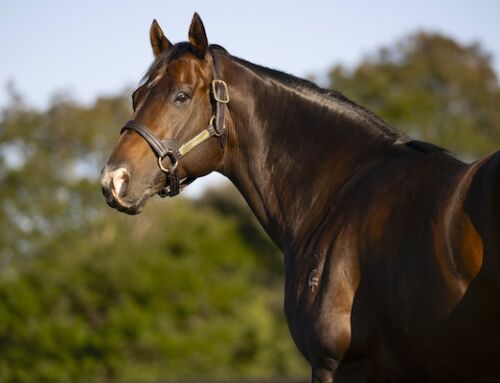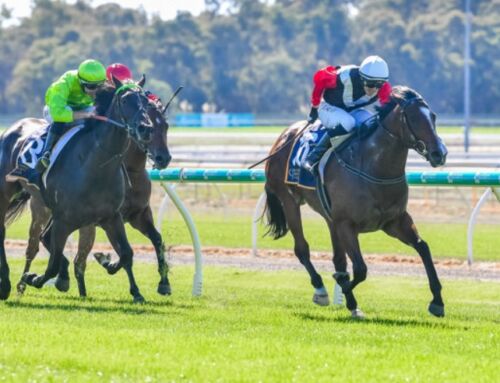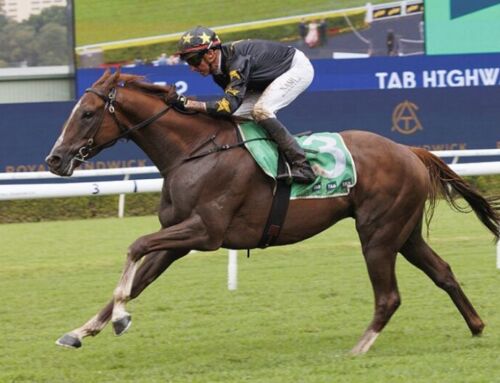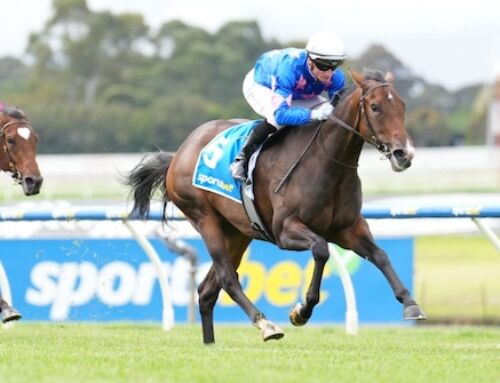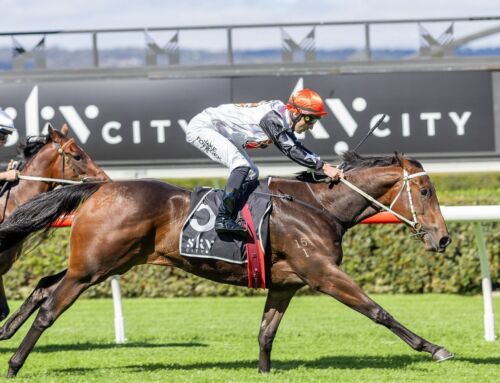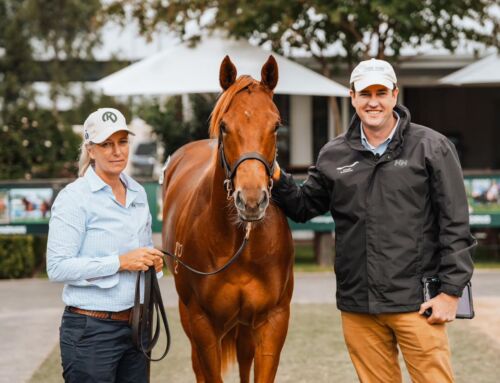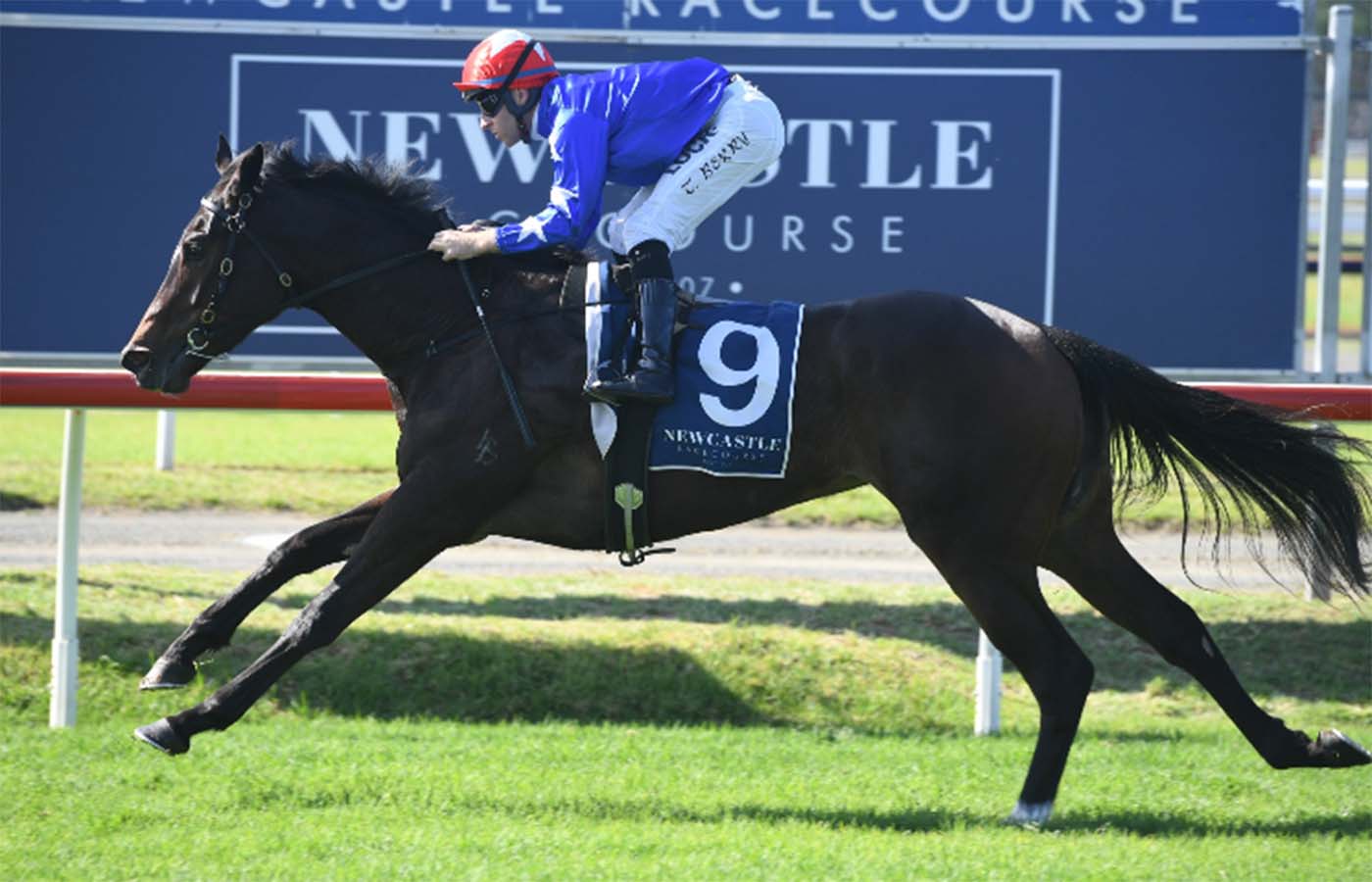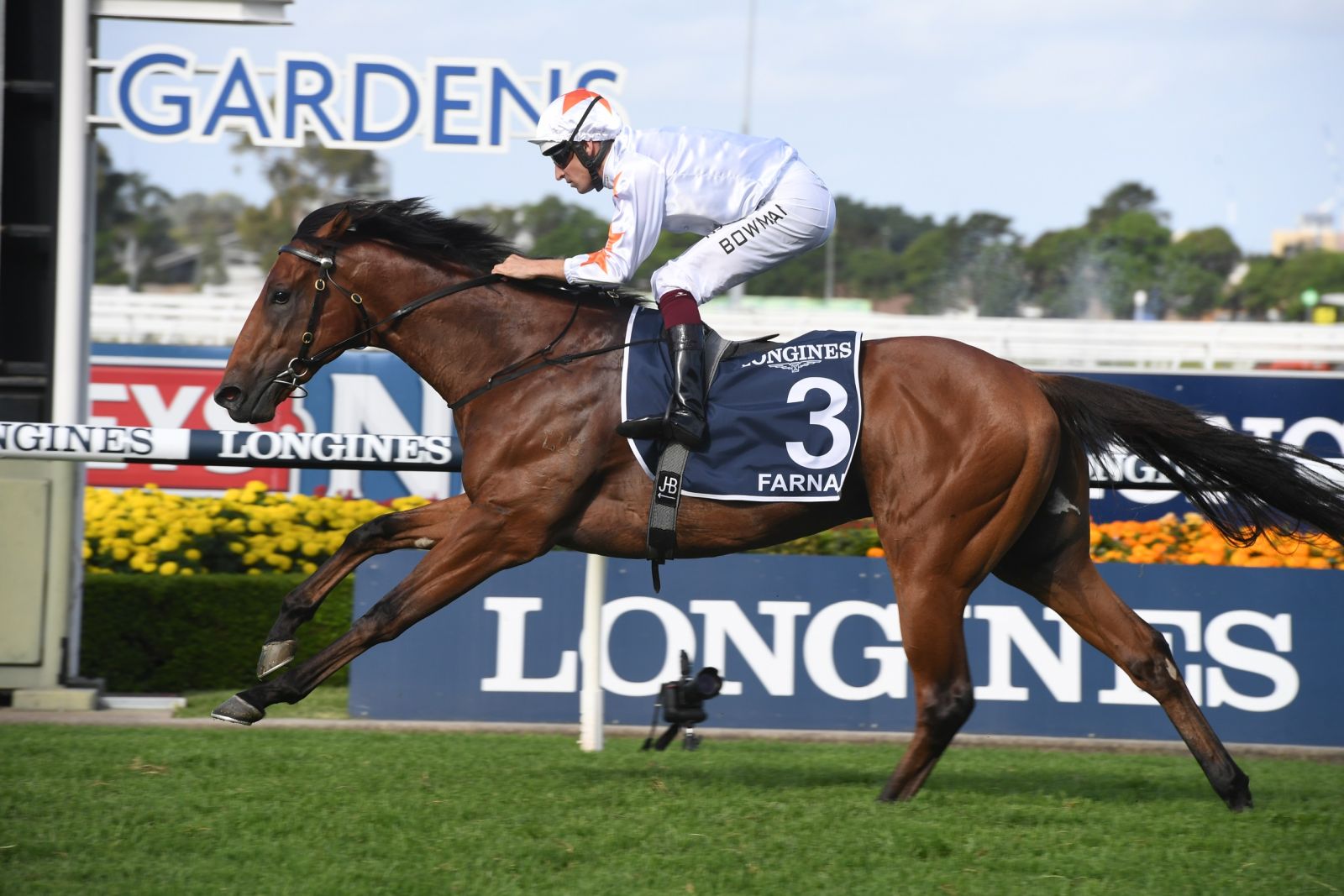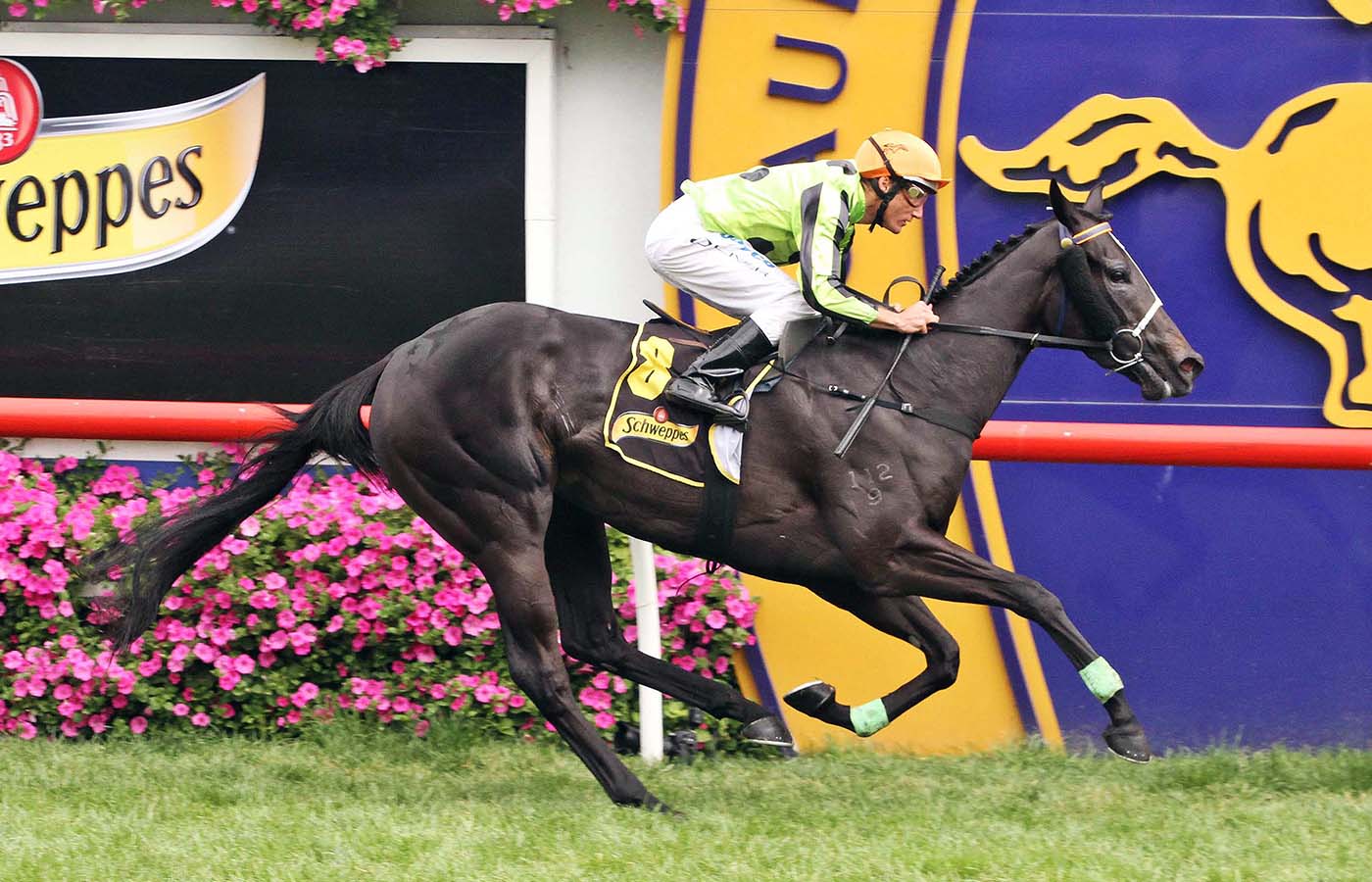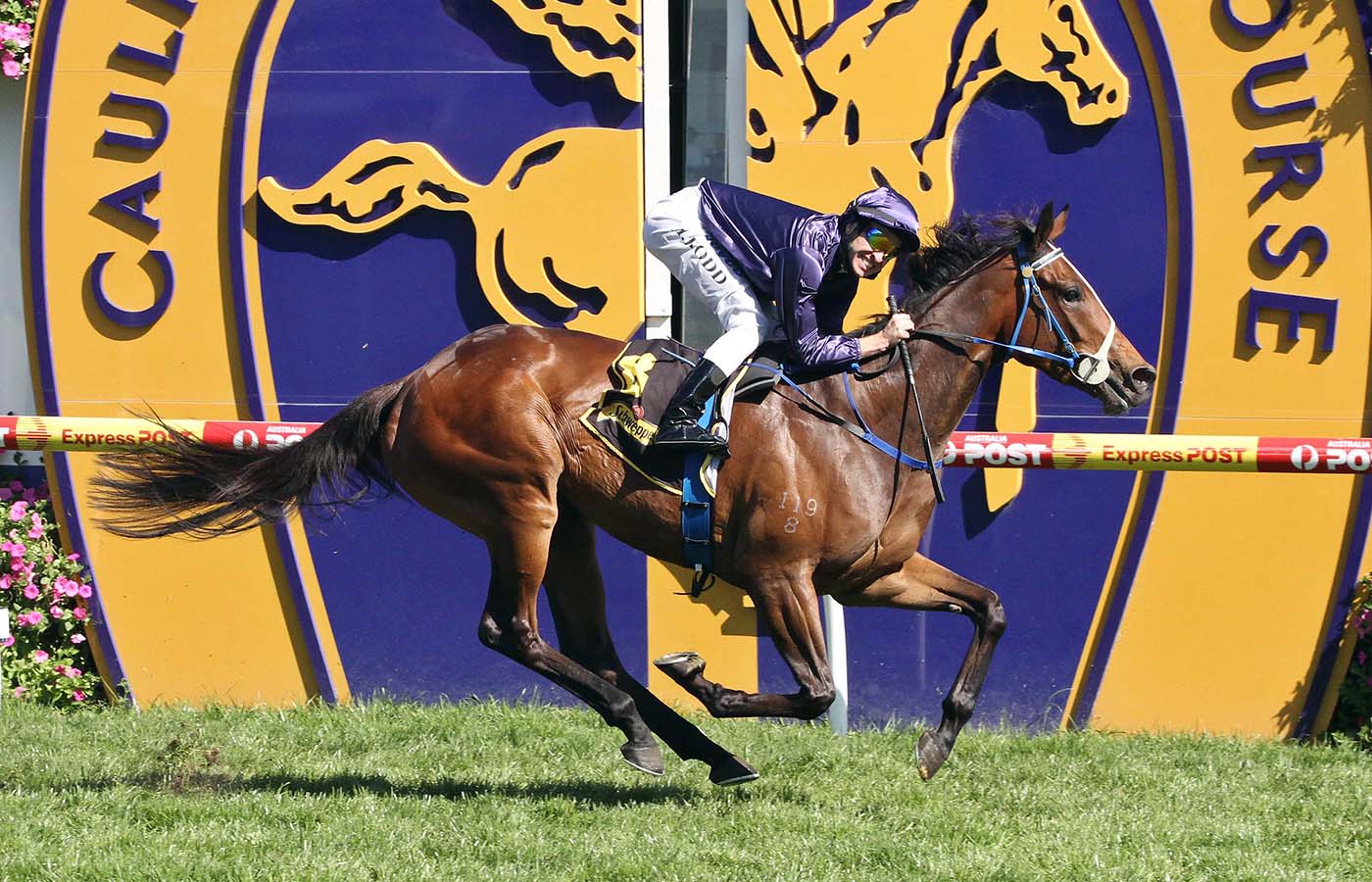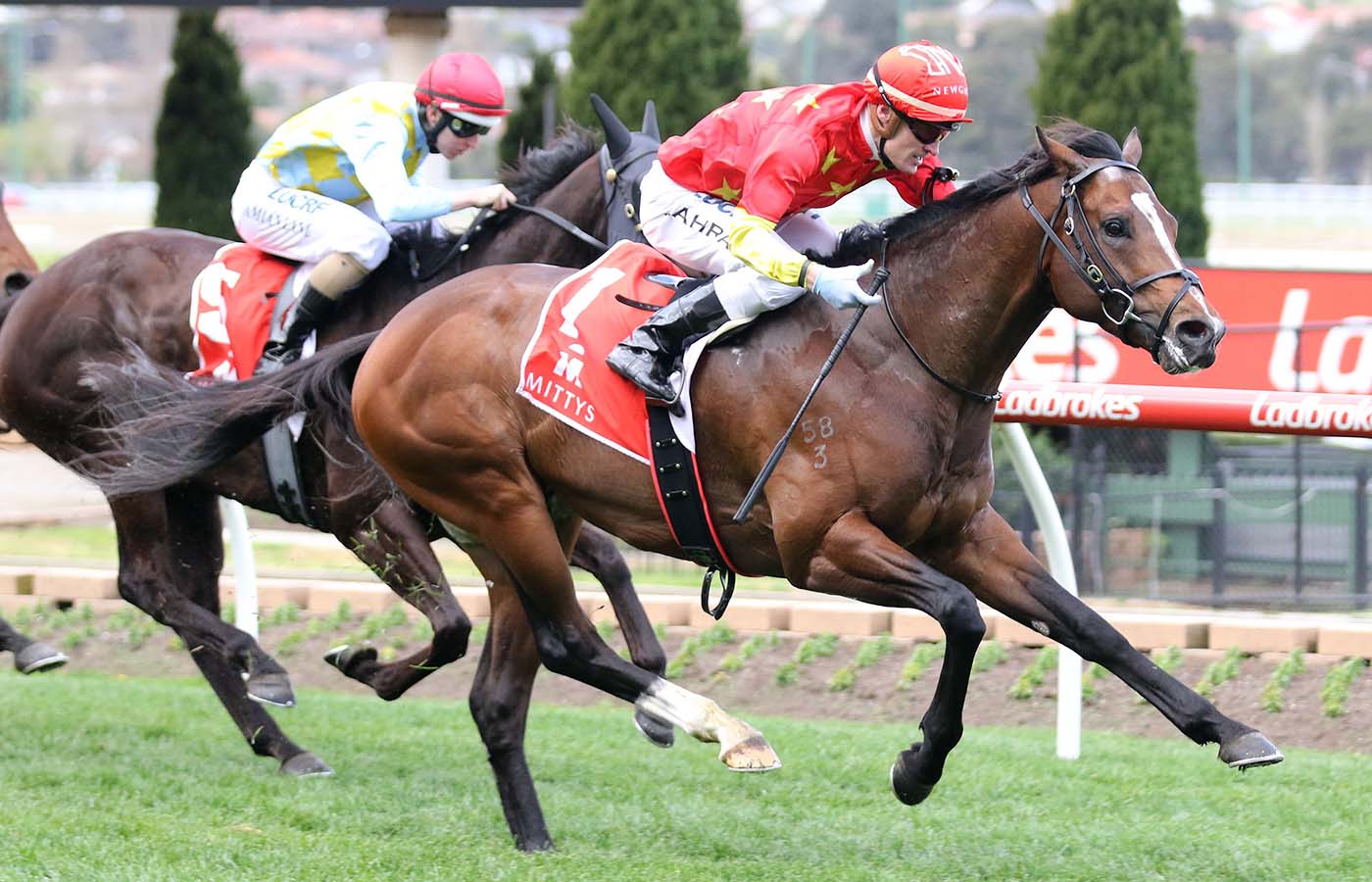VINERY Stud shuttle sire Congrats continues to re-enforce his reputation as one of North America’s up and coming stallions as he prepares to return to Australia in time for the new season.
A Grade 2 winning son of the acclaimed A.P Indy, Congrats burst onto the USA breeding scene with two Grade One winners, 4 Grade One performers and 22 individual 2YO winners from his opening crop.
Stunning results like these catapulted Congrats to Leading First Season Sire honours in 2010 and he hasn’t looked back.
At last count, Congrats had 114 named foals in his first crop, 89 have already raced for 73 winners – 82 percent winners/runners – with 18 stakes performers led by Eclipse Award nominee Turbulent Descent and ace filly Wickedly Perfect.
”That is a phenomenally high strike rate both in terms of winners-to-runners and more importantly, his stakeswinners to runners,” Vinery’s Adam White said.
”Obviously he sired a stack of two-year-old winners in his first crop but they have trained on and the new crop are starting to step up now as well.”
Congrats’ unrelenting success on the track has resulted in nationwide demand and competition for his progeny at all types of sales; weanling/yearling and two-year-old ready to run.
Congrats’ only lot at last week’s OBS sale in Florida sold for US$175,000 having impressed with her :10 2/5s Breeze-Up prior to the auction.
White reported how Congrats’ covered a limited book of 140 mares in his first season at Vinery (Scone) and limited to around the same number again in 2012.
”Congrats will have a higher profile than most of the other first season sires that he will be up against at the yearling sales in 2015 because he is a proven sire of stakeswinners,” White said.
”And the fact that he won’t have dozens and dozens of yearlings showing up at every sale will no doubt aid vendors in terms of supply and demand.
”We saw that with Myboycharlie who ended up being one of the most popular and certainly most profitable, first seasons sires this year from the Gold Coast to Perth and across to New Zealand and while a lot of that goes to the horses themselves, number do a play a part.”

